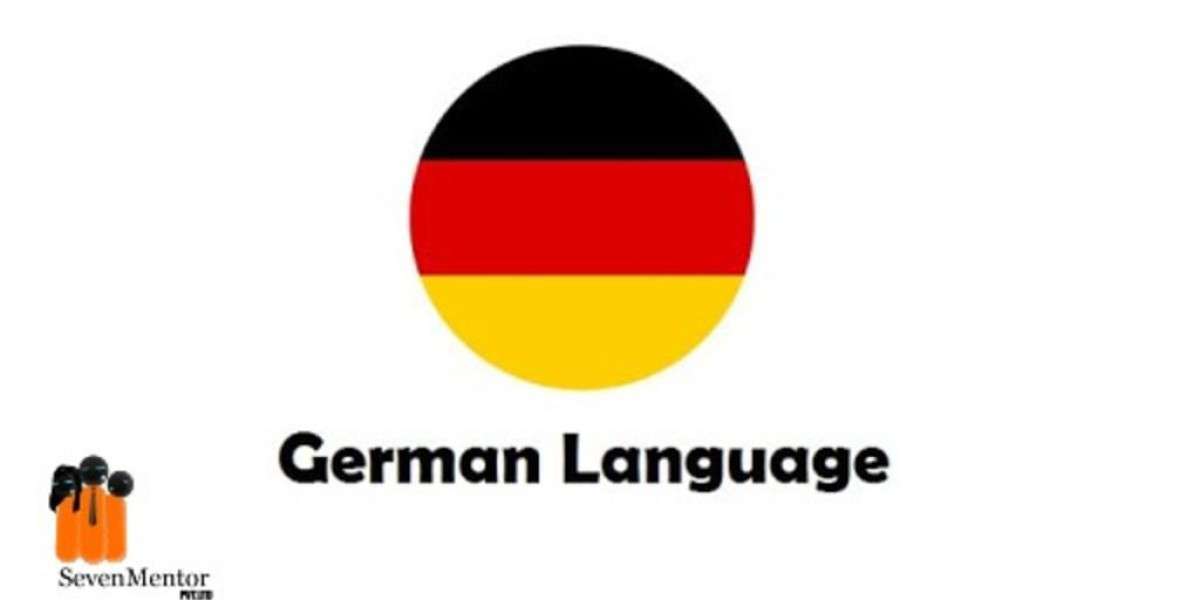The German language, with its rich history and diverse dialects, has evolved over centuries, shaped by cultural, political, and linguistic influences. From its roots in Old High German to its modern-day forms spoken across the globe, tracing the journey of the German language unveils a captivating narrative of linguistic development and cultural identity. In this blog post, we embark on a journey through time to explore the fascinating history of the German language, from its earliest origins to its current prominence in the world. German Language Classes in Pune
Origins in Proto-Germanic: The story of the German language begins over two millennia ago with Proto-Germanic, a branch of the Indo-European language family. Spoken by ancient Germanic tribes in what is now northern Europe, Proto-Germanic laid the foundation for the languages of the Germanic family, including German, English, Dutch, and Scandinavian languages. While Proto-Germanic itself is not directly attested, linguistic evidence and reconstructed vocabulary provide insights into its grammar and phonology.
Old High German: The earliest attested stage of the German language, known as Old High German (OHG), emerged in the 6th century CE. Spoken primarily in the southern regions of the Germanic-speaking world, OHG was heavily influenced by Latin due to the Christianization of the Germanic tribes. Notable literary works from this period include the "Hildebrandslied" and the "Ludwigslied," showcasing the poetic and linguistic prowess of early Germanic writers.
Middle High German: The Middle High German (MHG) period, spanning from the 11th to the 14th century, marked a significant phase in the evolution of the German language. During this time, the influence of the Church waned, leading to a resurgence of vernacular literature and the development of regional dialects. The literary masterpieces of this era, such as the epic poem "Nibelungenlied" and the works of Wolfram von Eschenbach and Gottfried von Strassburg, continue to resonate with readers today, offering insights into medieval German society and culture.
Early Modern German: The invention of the printing press by Johannes Gutenberg in the 15th century facilitated the standardization and dissemination of the German language. Early Modern German, characterized by the works of Martin Luther's translation of the Bible and the emergence of High German as a literary standard, laid the groundwork for the development of Modern Standard German. Despite regional variations and dialectal diversity, efforts to establish a unified written form of German contributed to its status as a prestigious language of literature, science, and academia. German Language Course in Pune
Modern Standard German: The rise of nationalism and the formation of the German nation-state in the 19th century solidified the status of Modern Standard German as the official language of Germany. Standardization efforts led to the establishment of grammar rules, spelling conventions, and pronunciation norms, ensuring linguistic uniformity across German-speaking regions. Today, Modern Standard German serves as the lingua franca of Germany, Austria, Switzerland, and parts of neighboring countries, while regional dialects continue to thrive as vibrant expressions of cultural identity.
Conclusion: The history of the German language is a testament to its resilience, adaptability, and cultural significance. From its ancient roots in Proto-Germanic to its modern manifestations as Standard German and regional dialects, the German language has undergone a remarkable journey of transformation and evolution. By exploring its linguistic heritage and literary legacy, we gain a deeper appreciation for the complexities and nuances of German as a living testament to the richness of human expression.








